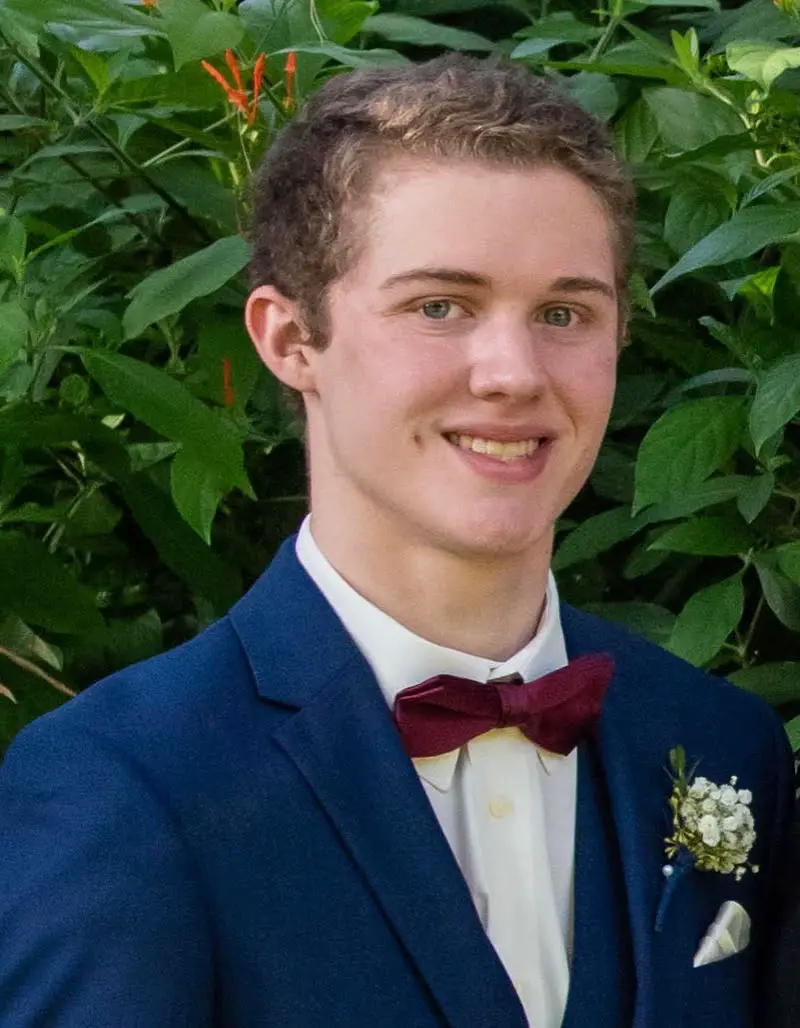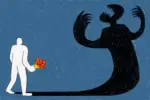On May 26, the YouTube channel JCS – Criminal Psychology uploaded its first video in over five months. The hour-long video, “What pretending to be crazy looks like,” compares interrogation footage between criminals who successfully pled insanity and ones seeking a diagnosis of insanity, primarily the infamous Stoneman Douglas shooter, Nikolas Cruz. Cruz claimed the lives of 17 students and administrators at his former high school in Parkland, Florida, back on Valentine’s Day of 2018. He was then arrested outside of a McDonald’s and brought in for police questioning.
The video combines the interrogation footage following his arrest with that of other detained killers to explore one central behavior: lying. The JCS narrator details how certain criminals often fake mental illnesses in an attempt to lessen the inevitable punishment for their crimes. He explores this phenomenon by comparing Cruz’s verbal testimony, his behavior when alone with the police camera and his conversation with the interrogator to the conduct of other such perpetrators.
Viewers are informed on how the calculated nature of the killer’s performance and the many behavioral cues that reveal the charade allow experts a detailed glimpse into the psychology of desperate wrongdoers. Pinned with a crime and caught in a lie, the resulting pressure of the situation makes for engaging footage and even better case studies.
By incorporating previously unobserved interrogation footage with cross-case comparisons and breadth of insight, the end-product has intrigued viewers enough to amass over 38 million views in under three weeks. The social phenomenon around the JCS – Criminal Psychology video was further evidenced by a tweet posted five days after the piece was uploaded. Containing only a screenshot of its thumbnail and the caption “this video is insane,” the simple tweet amassed over 200,000 likes and led many to question why the video is appearing on everyone’s recommended list.
A shared social interest in behavioral and forensic psychology came to light, leading various streamers, content creators and experts to offer their own perspectives on the viral video. At the same time, it became clear that the channel was experiencing a considerable hike in exposure alongside its latest upload, but not an unwarranted or fleeting one.
Claiming over 3.64 million subscribers and a cumulative 210 million views, JCS – Criminal Psychology currently offers 18 videos with lengths ranging from an easily digestible 17 minutes to a full-length movie runtime of over two hours. Though certainly bolstered by the success of its latest video, the channel already boasts millions of views for each of its uploads, stemming back as far as two years ago. These two factors are not coincidental, as the channel’s success is undoubtedly tied to the length of its videos and its subject matter.
Firstly, YouTube encourages video lengths over the 10-minute mark by allowing them more frequent ad placements. Lengthy videos are also more commonly found in users’ recommended pages, as YouTube attempts to present its content as a viable alternative to traditional television. JCS – Criminal Psychology easily meets this mark and rivals television in regard to both runtime and quality. So, in spite of its slow-paced upload schedule, the channel thrives nonetheless.
Secondly, JCS – Criminal Psychology possesses an almost refined story structure and narrative pace, which helps contribute to the previously mentioned quality and popularity of its videos. The narrator introduces the crime, reveals the culprit, proceeds with an examination of their behaviors, offers commentary concerning the case and ultimately closes out with the result of their trial. By revealing the crime and culprit immediately, the mystery of a murder case fades. We are instead tasked with evaluating their attempts to deceive police and jurors. Instead of pseudo-Sherlocks, we too become behavioral psychologists for the time being.
Furthermore, the channel delves into topics in a detailed manner without much observable bias, allowing for the field of forensic psychology, as well as the social and behavioral sciences, to drive the analysis without sacrificing audience intrigue. The narrator guides us through their findings and elicits both cringe and fascination from viewers as the tension of an interrogation heightens.
Operating as a comparable blend of prominent murder-mystery series “Law & Order,” Netflix’s true-crime documentary “Making a Murderer” and the criminal psychology-centric series “Mindhunter,” JCS – Criminal Psychology captivates viewers not through formulaic “whodunits” but through the inherent drama of a murder investigation and the real-world consequences for its chosen subjects. The culprit’s crimes, subsequent actions and recorded behavior once under pressure make for tense viewing experiences, which encourage us to scrutinize each observable micro-expression and ensures that our attention is retained throughout every video. Because of its form, JCS – Criminal Psychology content earns your participation far more than it asks for it.
Viewers may be familiar with the subjects of such extended uploads, as many of their cases grew infamous across the United States and possibly serve as blemishes to the justice system tasked with adjudicating them. Included are the cases of Nikolas Cruz, Casey Anthony, Dalia Dippolito, Jennifer Pan and Chris Watts, which work as a series from the channel’s inception. Though the videos don’t solely concern these individuals, as a history of related cases is invoked for comparison, each of the listed accounts is worth the watch.
I do offer a trigger warning for individuals who are particularly disturbed by violence, abuse or emotionally tense situations, as the subjects of the videos often touch on these factors. Crime coverage has always engaged the public, but that doesn’t mean it’s for everyone.
Of the available videos, the shorter ones mainly serve as efficient video essays concerning a behavioral topic or question within the confines of its compounding fields. Meanwhile, the longer videos offer comprehensive overviews of selected cases, pointing us not only to the eventual success or failure of our justice system but also to the analytical steps of the police network’s investigative process and the rationale behind their outcomes.
Sometimes the police team is able to unveil the truth through its interrogative strategies and work the culprit into a full confession, but other times the proceedings simulate a chess match through the combatting wit and deception of the two parties. When a confession isn’t achieved, it is left with a jury. The verdicts of crime-based videos leave a lasting impression — grim or celebratory — and each case is unique enough to beckon viewers further down the criminal psychology rabbit-hole.
If this blend of science, analysis and true crime consequence is still of interest and you haven’t yet been recommended “What pretending to be crazy looks like” by either a friend or the YouTube algorithm, then a link to JCS – Criminal Psychology can be found here. Watch with caution and be mindful of the victims the cases ultimately concern. The callous, disturbing and intriguing footage is now yours to scrutinize. Investigate as you wish.

















